The aesthetics of the post apocalypse survivor may differ depending on the situation that the survivor finds themselves in. That being said there are many common elements among all forms of the theme. The genre of disaster films has been popular throughout much of the 20th century and has continued to be popular into the 21st century. The genre has even expanded into the video game industry forming many products similar to the one featured in the picture above.
Often times a disaster will hit so suddenly that a survivor will have little time to prepare. Therefore, common clothing to be seen in this aesthetic will be everyday casual clothing, or whatever the survivor was wearing at the time of the disaster. The Walking Dead is a great example of this.
In other situations the survivor will be wearing more baggy clothing, and will be carrying bags or backpacks. This signifies that the survivor has had more time to gather equipment and to prepare themselves. This is most apparent in the film Mad Max: Fury Road as shown on the image above on the right.
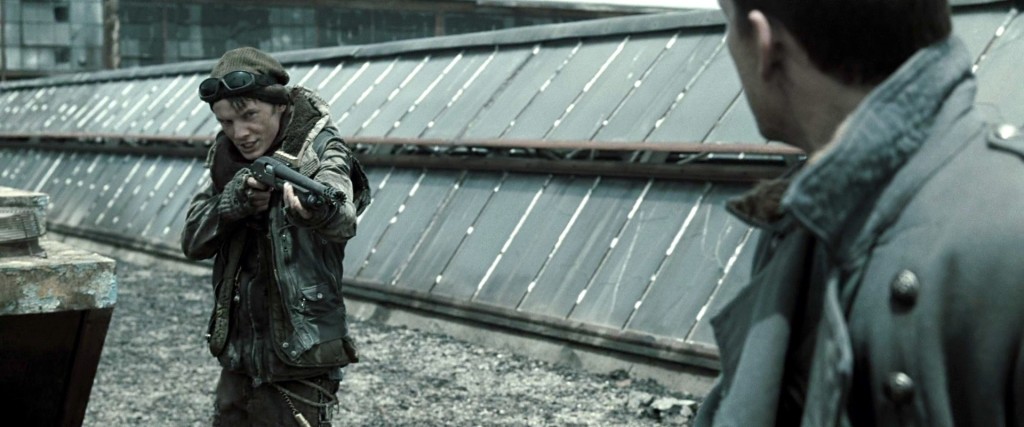
In almost all post apocalyptic films the survivor is depicted carrying a weapon of sorts. Generally they will be carrying a firearm like the image above taken from the Terminator Salvation. In some cases the weapon is not necessarily a firearm. Sometimes the survivor can be carrying less conventional weapons such as axes, baseball bats, or even chainsaws like in the zombie survival game Left 4 Dead.
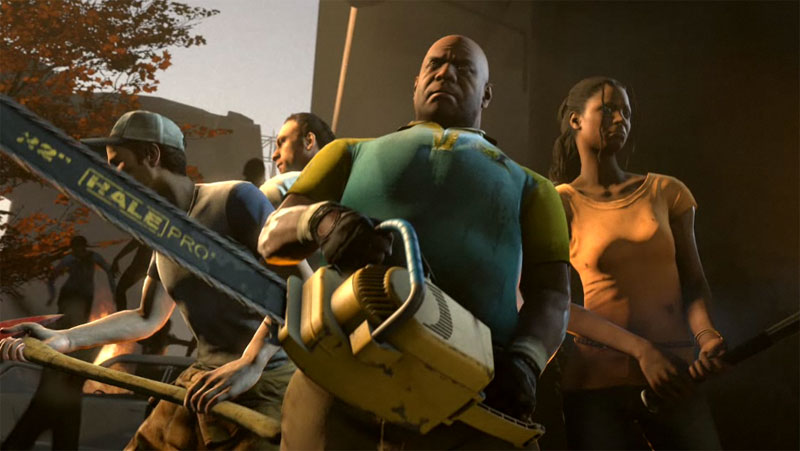
Sometimes the survival aesthetic can take on a more militaristic form. Survivors can be depicted wearing gas masks, army boots, and even armor. This is more common in the popular post apocalyptic game Fallout.
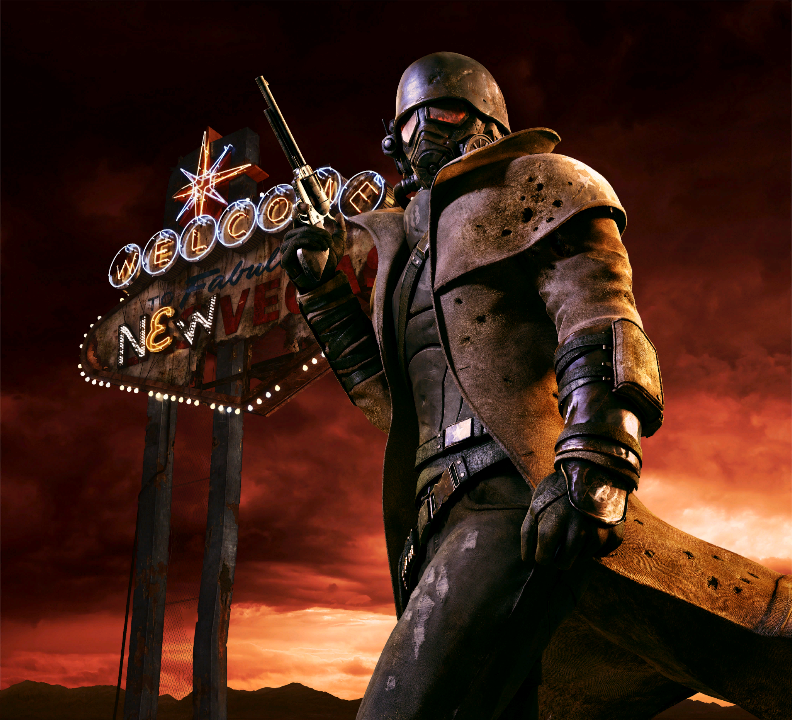
Hints of this element can be seen in other images as well. Both the pea coat in the terminator image and the gas mask in the featured image allude to survivors having to become more militarized.
Overall the survival aesthetic is an interesting theme in popular culture and provides a unique view into what the world would be like given different situations.
Sources:
http://ragreynolds.net/wp-content/uploads/2015/03/The-Last-of-Us1.jpg
http://www.taringa.net/posts/imagenes/14348913/The-Walking-Dead-Zone-Wallpaper.html
http://www.theatlantic.com/entertainment/archive/2015/05/fury-road/393353/
http://terminator.wikia.com/wiki/File:Fhd009TRS_Anton_Yelchin_001.jpg
http://kotaku.com/5365746/left-4-dead-2s-dark-carnival-chainsaws-on
http://www.minecraftforum.net/forums/mapping-and-modding/skins/1203107-req-fallout-rp

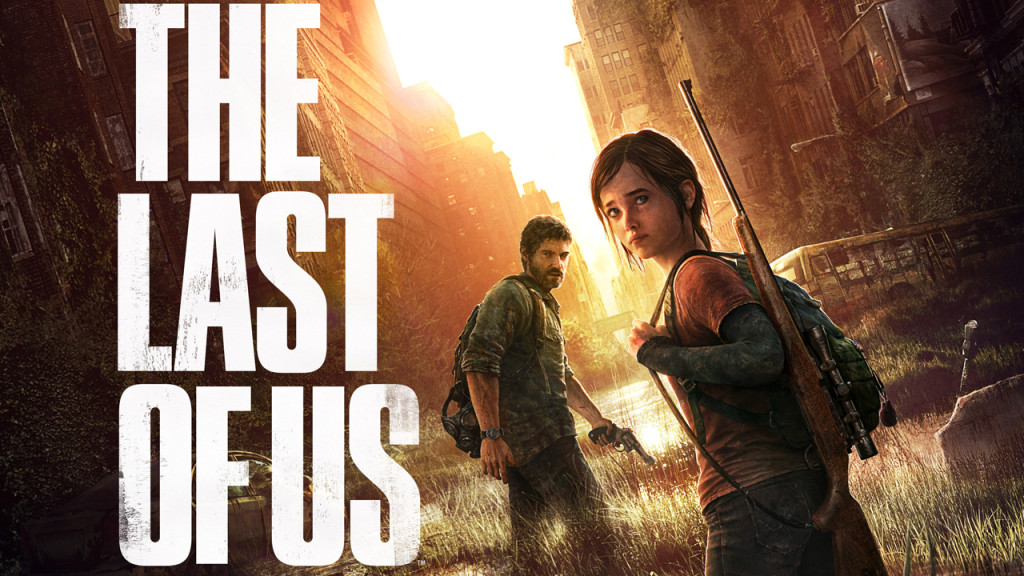
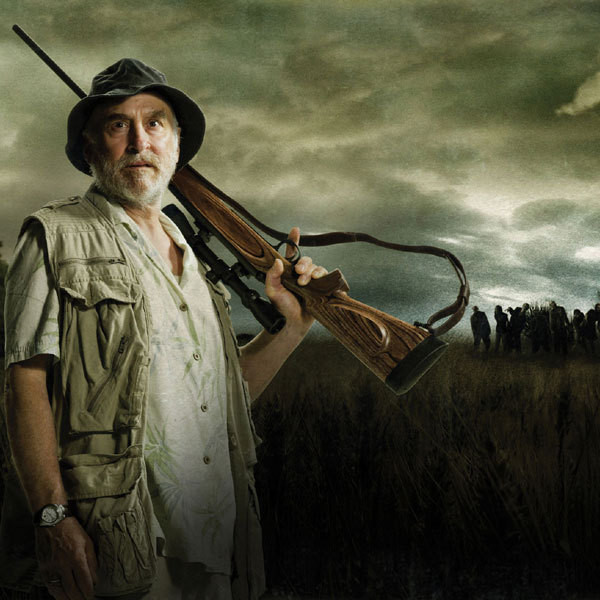
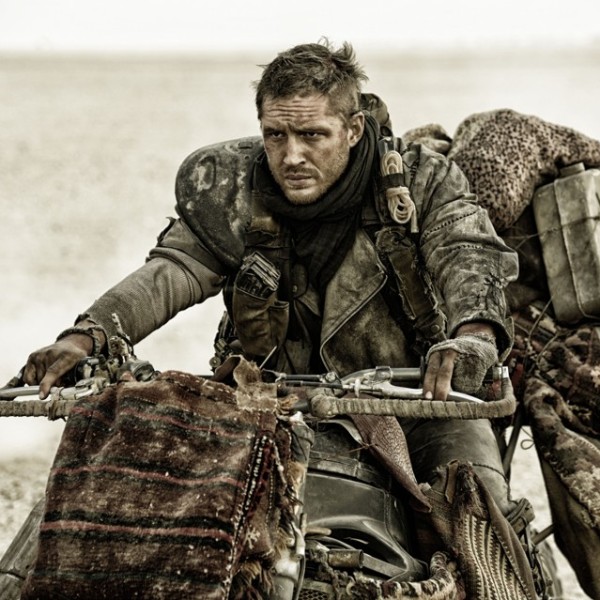
4 Comments. Leave new
[…] https://www.aesdes.org/2016/01/20/post-apocalypse-survivor/ https://failedarchitecture.com/the-poetry-of-decay/ […]
It was mentioned that there are a lot of western influences on the aesthetics of apocalypse survival, why do you think that is? Could it be because these are genres mostly popular in western areas, and so the designers are catering towards that type of audience? I liked your point about how you can tell if a person has had more time to prepare for the apocalypse based on what they are wearing. Zombieland is another post apocalypse survival aesthetic that i think breaks away from some trends you have mentioned before, but also does relate to your points of preparedness through attire and carrying a weapon of some kind (not necessarily a gun). Great overall story and aesthetic.
From my experience reading various post-apocalyptic books, like The Road, or watching post-apocalyptic movies like The Book of Eli, one aspect of the post apocalyptic aesthetic that has always jumped out at me is the color schemes that are depicted/described. Everything from clothes to the surrounding environment seems to follow the same color scheme, one that is very neutral and filled with grey/brown/beige/black. Your pictures for The Walking Dead, Mad Max, Terminator, and Fallout follow this scheme, but I found it interesting that the other two, both of which were video games, did not.
I wonder how popular this aesthetic is in Europe or Asia, compared to the US. In the US, there is a strong history of the “rugged individual” mentality. This culture heavily romanticizes the old west, pioneers, prospectors and exploration. The theme is man vs man vs environment is heavy here, as it is in most post-civilization fiction. Taking Fallout as an example, it’s hard to imagine finding machine gun ammo in a nightstand table in Holland, but in Nevada it doesn’t sound so far fetched. Furthermore, I found that Mad Max definitely had some western style elements, with scenes reminiscent of train robberies.